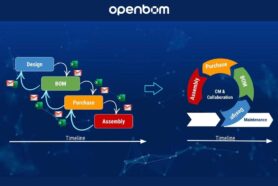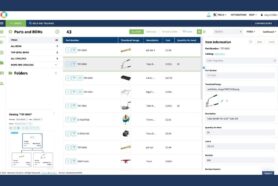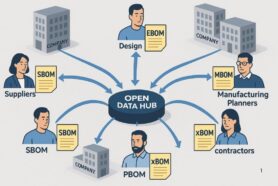
Travel restrictions, shrinking budgets, and more are reasons why you can not visit your supplier. If your supplier is located in China, the odds are that it will be very difficult for you to visit them. Unless you can receive a PU letter and you are willing to quarantine for 21 days.
Therefore, we have to adjust the way we communicate with our global suppliers. However, these changes can open you up to certain types of risks. As you know, it’s always easier to visit them and speak with them face to face rather than on conference calls. Here are some of the biggest risks that come with not being able to visit your supplier and how to eliminate them.
Trust & Transparency
There is much to say about this subject. However, since you are unable to visit a new supplier in another country it will be more difficult to establish trust. It will also be more difficult to understand what’s going on with your product or where certain problems exist. You might feel there is a transparency issue and that you have lost sight of where your product is.
The main way to solve this problem is to properly evaluate and choose your supplier. Think of your product holistically and search for a supplier that compliments you where you are weak. If you need a strong contract manufacturer (CM) that can provide DFM support then a supplier that has an underperforming engineering team is not the answer.
Project Management
You are no longer able to be at the supplier to manage your project. Before you could be on the assembly line, visiting sub-suppliers, inspecting parts, and more. Now, you need to rely on the communication of your supplier or CM. As you may have experienced, this can be a bottleneck.
When dealing with global suppliers, a core part of their team might not speak English or your native language. The project manager will become a key member and will act as the bridge between you, the client, and the different teams at the supplier’s facility.
During the evaluation process, request for quotation (RFQ) and some initial development processes, pay attention to their communication skills. If proper communication is lacking from the beginning, chances are that they will not be able to communicate properly going forward.
Put a large emphasis on project management.
Mutual Commitment
Planning production and scaling your product is difficult. Doing this virtually is even more difficult. You must ensure your supplier or contract manufacturer is just as committed to your project as you are.
Your CM and suppliers are a big part of your product launch and scale-up. If they are not committed, you might feel as if communication is poor and that they are dragging their feet. This might be true because they are not committed.
If you are working with a large contract manufacturer with a great reputation but are not committed to your project, you will never see the results you expect to see. Work with someone who shows commitment.
Speed
This is perhaps the biggest barrier I have seen. With being able to travel freely, clients are able to visit suppliers and quickly approve samples. If it’s just one sample, it’s ok. On average it’s 5 days for DHL to ship a sample from China to an international destination, such as North America or Europe.
However, if you have several parts with changes and revisions going back and forth, the number of samples and the time needed for transit can add up to be months.
A supplier who understands the new product introduction (NPI) process will help you navigate from later stage development to production launch. What I see too often is a supplier make a sample, not check the quality of the sample (just assume it’s correct) and ship it to the client. The client rejects the part and gets irritated that the supplier wasted 5 days of transit when they could have easily rejected the part.
A contract manufacturer who understands the development steps will create a change with the quality standard in mind. Create a sample of that part and check it to the quality standard. If accepted, ship it to the supplier with the quality requirements and checklist. If rejected, explain to the client why it was rejected with a proposed solution.
How OpenBOM Can Help?
OpenBOM believes engineering, supply chain, and manufacturing teams should be able to seamlessly manage their parts, vendors, bill of materials, purchase orders, and change orders. All BOM, engineering, and manufacturing information are stored in the cloud which you can share with your team, contractors, suppliers, or anyone else that has access to your account. OpenBOM keeps everyone on the same BOM while providing you with the tools to streamline your development to production & scale up operations.
Register for FREE to create your OpenBOM account and reach out to us via support @ openbom dot com if you have any questions.
Best,
Jared Haw
Join our newsletter to receive a weekly portion of news, articles, and tips about OpenBOM and our community.










